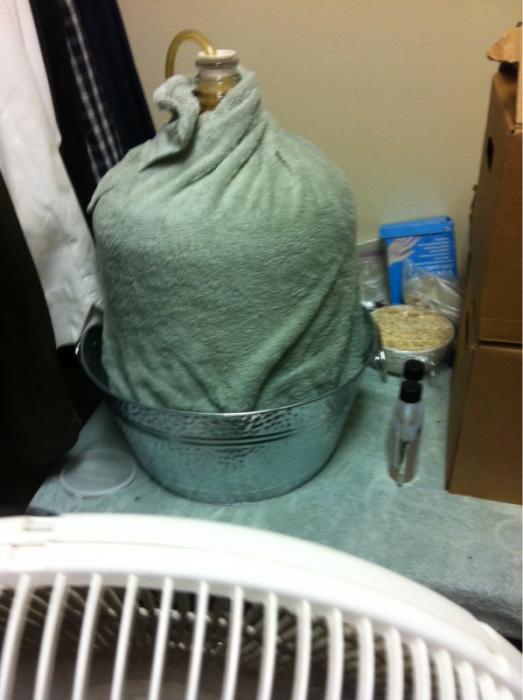I am new to brewing, and I was curious to know if any of you have made the jump to all-grain or partial-mash right away, or just stuck with the extract kits?
The reason I want to brew is mostly as a hobby and to experiment with different flavors, recipes, and styles of beer. Should I stick with extract kits to start just to understand the brewing process, or can I make the (more expensive) jump and go with all-grain or partial-mash brews?
I would love to be able to just follow some recipes, buy all the ingredients locally, and get brewing, instead of buying a kit that just tells me what to do.
What would you do in my situation, learn the process via extract kits, or jump straight into "real" brewing?
My overall goal is to brew commercially in 5-10 years, by the time I am 40 I want to open a microbrewery. I know that's a long way off but I want to make sure I approach brewing in a way that will help me with my overall goals.
I want to come up with a good session beer, somehting dark, that I can drink on a regular basis. Probably something like a scottish ale or amber ale.
I plan on purchasing this kit, unless you guys think there is a bette rone out there: http://www.northernbrewer.com/shop/...arter-kits/essential-brewing-starter-kit.html
The reason I want to brew is mostly as a hobby and to experiment with different flavors, recipes, and styles of beer. Should I stick with extract kits to start just to understand the brewing process, or can I make the (more expensive) jump and go with all-grain or partial-mash brews?
I would love to be able to just follow some recipes, buy all the ingredients locally, and get brewing, instead of buying a kit that just tells me what to do.
What would you do in my situation, learn the process via extract kits, or jump straight into "real" brewing?
My overall goal is to brew commercially in 5-10 years, by the time I am 40 I want to open a microbrewery. I know that's a long way off but I want to make sure I approach brewing in a way that will help me with my overall goals.
I want to come up with a good session beer, somehting dark, that I can drink on a regular basis. Probably something like a scottish ale or amber ale.
I plan on purchasing this kit, unless you guys think there is a bette rone out there: http://www.northernbrewer.com/shop/...arter-kits/essential-brewing-starter-kit.html





















































![Craft A Brew - Safale S-04 Dry Yeast - Fermentis - English Ale Dry Yeast - For English and American Ales and Hard Apple Ciders - Ingredients for Home Brewing - Beer Making Supplies - [1 Pack]](https://m.media-amazon.com/images/I/41fVGNh6JfL._SL500_.jpg)



